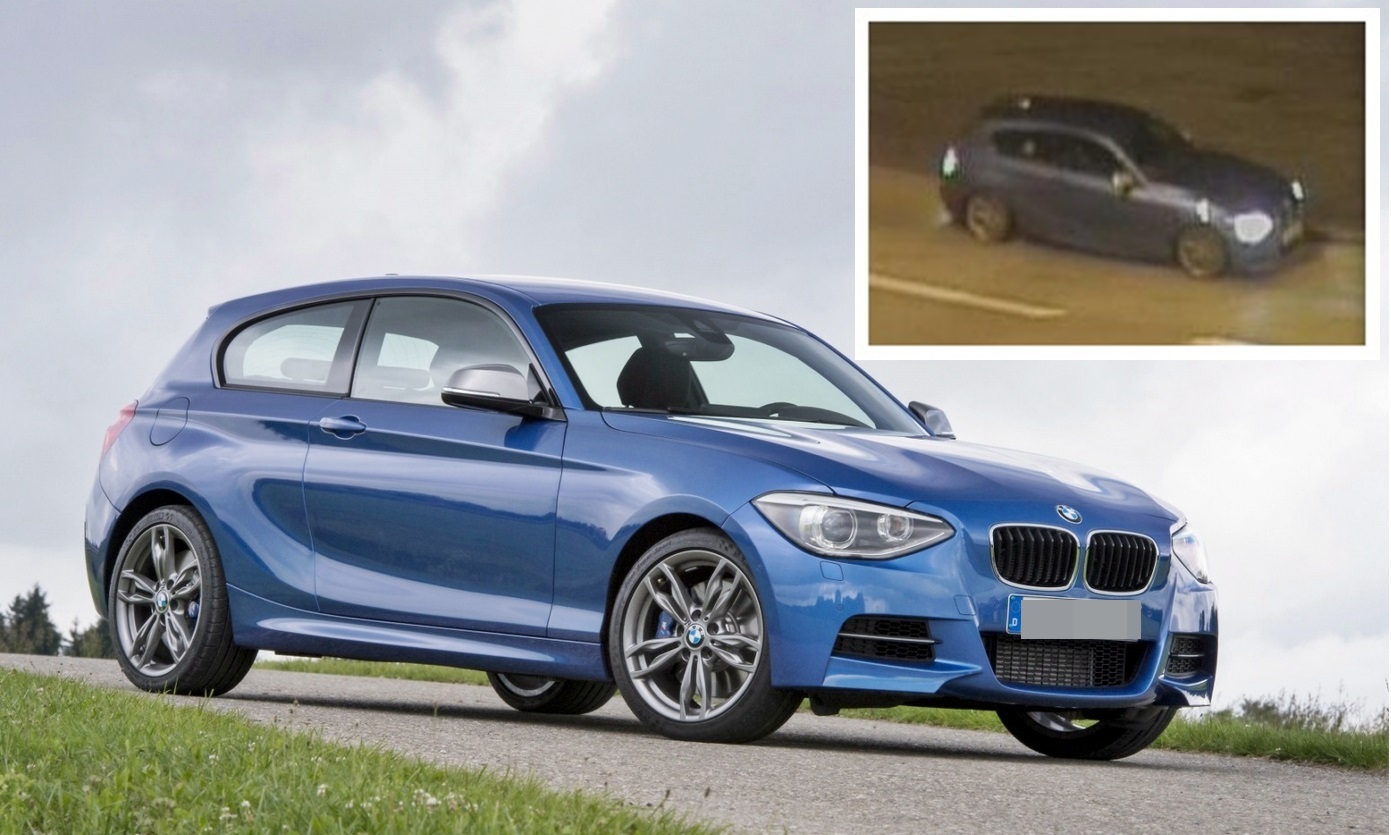Detectives hope forensic evidence will lead them to the gang who stole more than £100,000 from a cash machine in Kirriemuir.
It is more than three months since the brazen raid on the Royal Bank of Scotland’s ATM machine on Bank Street.
In that time ongoing police inquiries and even a £25,000 reward have not yet resulted in a breakthrough.
The back of the cash machine was forced off during the audacious early-hours crime on Saturday December 20.
Three men responsible sped off from the scene of their crime in a blue BMW M13i fitted with false plates YE63 BPZ which was last seen leaving Dundee.
The car had also been seen earlier elsewhere in Angus, in Friockheim, where there was a failed attempt to empty a cash machine.
Other incidents north and south of the border are linked to these crimes, with the culprits thought to be from the Liverpool area.
In a combined effort between Scottish and English officers, the emphasis for the long-haul investigation has settled on forensic analysis work that could take up to eight months to complete.
Angus area commander Chief Inspector Gordon Milne said any DNA recovery could give the police the breakthrough they needed.
“Most of the work with this case currently sits with the forensics teams,” Mr Milne said. “They are closely studying items taken from the scenes of these incidents.
“Officers will go away with the fingerprints and DNA and try to match it on the database for known offenders.”
Police Scotland’s forensics teams will try to solve the case by using something called Locard’s exchange principle.
It works by the theory that the perpetrator of a crime will bring something to the scene and leave with something from it. Both can be used as forensic evidence.
Anyone with information that could help the police should call them on 101, or Crimestoppers on 0800 555 111.
